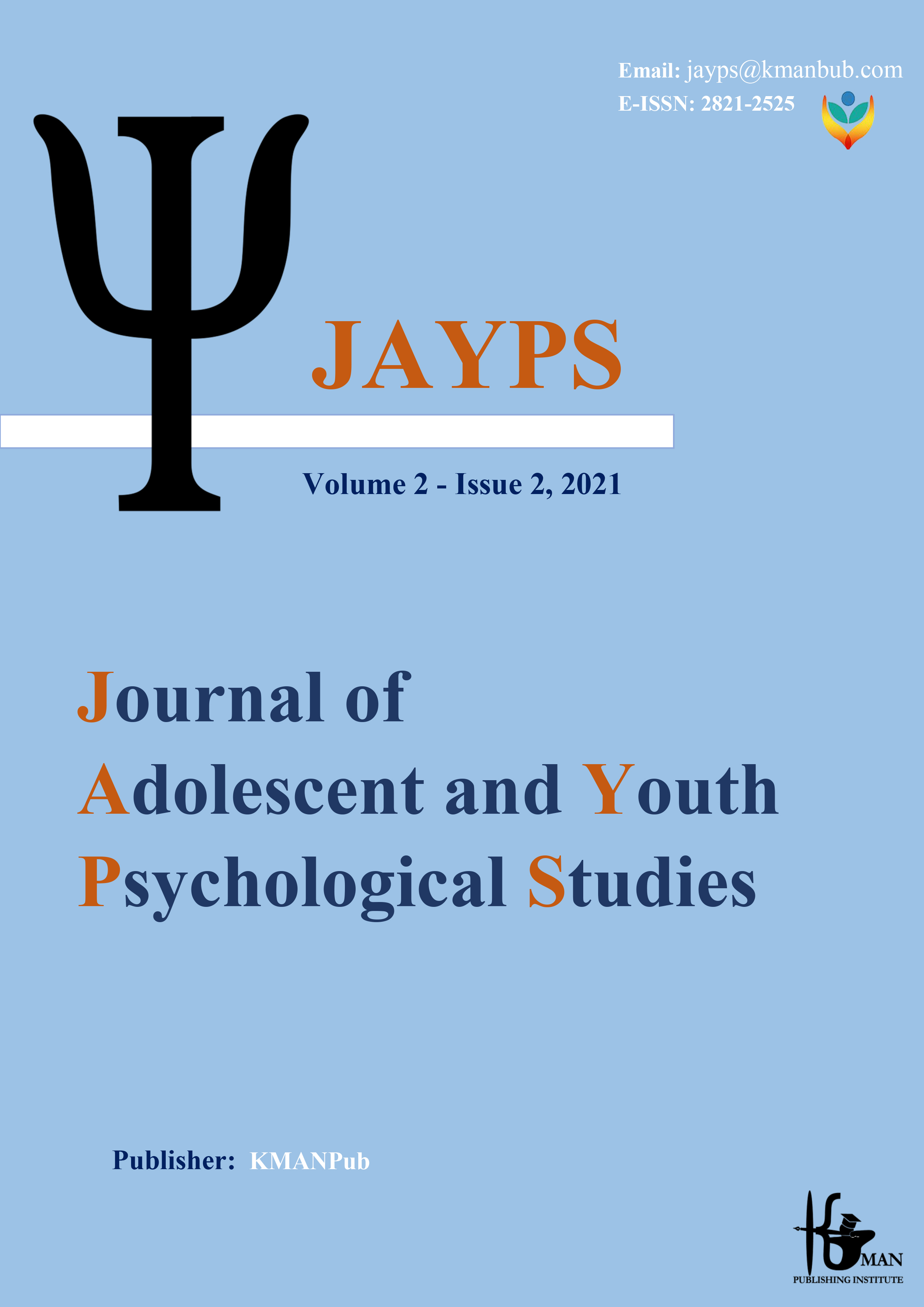A Model for Education of Entrepreneur Students in Elementary Schools
Keywords:
Education, Entrepreneur Student, Primary SchoolAbstract
Background and Purpose: The aim of this study was to provide a Model for Education of Entrepreneur Students in Elementary. Metod: The statistical population in the qualitative section includes experts in the field of entrepreneurship and in the small part of the managers and experts of the Chaharmahal and Bakhtiari province and entrepreneurship faculty of the Faculty of Entrepreneurship of Tehran University in 1397 (N = 684).Sample size in the qualitative section was estimated based on the data saturation principle (10 people) and in the quantitative section 297 people were estimated based on Cochran formula. A qualitative sampling was used to select the sample in the qualitative section and in the quantitative section a stratified sampling was used. The data collection tool was a qualitative, semi-structured interview and a researcher-made questionnaire in the quantitative section. The face validity of the questionnaire was verified through trial and content validity through expert judgment and convergent validity through the calculation of the mean of the variance extracted. The reliability of the questionnaire was obtained through Cronbach's alpha for the whole questionnaire of 0.84. To analyze the data in the qualitative section, open and axial coding and in the quantitative part of the AVE, AVE, Kolmogorov-Smirnov, exploratory factor analysis, confirmatory factor analysis and t-tests were used. Results: The results obtained to identify 6 dimensions and 41 indicators led to the naming of the following: individual, social, economic, structural, behavioral, and environmental. In addition, 9 methods, 7 infrastructure and 7 requirements were also identified for the development of entrepreneurial students through this model. Conclusion: Other results showed that the current status of the dimensions, indicators and methods, infrastructure and requirements for the education of the student is lower than the average of the society. 21 The executive mechanism was also developed to educate entrepreneurial students in the elementary degree agreed upon by a sample of research. Model 6 includes a philosophy and objectives of the model, theoretical foundations, dimensions and indicators, infrastructures and requirements, and the implementation mechanism for raising entrepreneurship in the elementary school, and its degree of appropriateness was 95 percent confirmed by experts.
Downloads
Downloads
Published
Issue
Section
License

This work is licensed under a Creative Commons Attribution-NonCommercial 4.0 International License.









